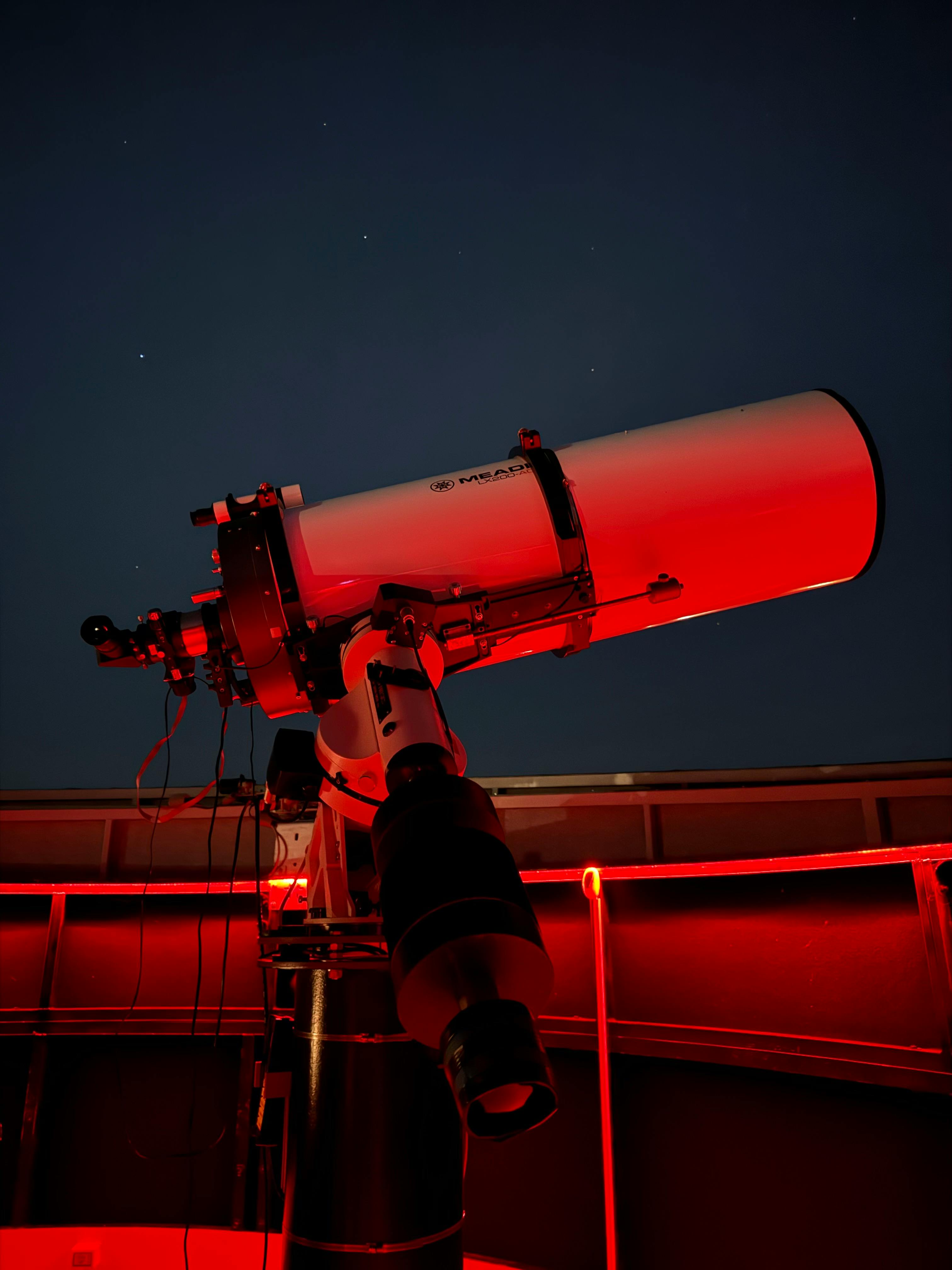Mastering Space Science Factorio Blueprint: A Comprehensive Guide
The space science Factorio blueprint is an essential tool for any player seeking to optimize their gameplay and automate complex tasks efficiently. In today’s fast-evolving gaming landscape, understanding these blueprints can dramatically improve production speed and resource management. This article will walk you through everything from the fundamentals to advanced applications, ensuring you maximize your Factorio experience.

Understanding the Fundamentals
At its core, the space science Factorio blueprint involves creating a highly efficient design template that players can replicate throughout their factories. Blueprints reduce manual building time by allowing instant replication of complex setups, crucial for scaling space science production.
Historically, the evolution of Factorio blueprints mirrors the game’s increasing complexity. Early players manually built every machine, but the introduction of blueprints revolutionized factory design by automating the replication process, thereby saving time and reducing errors.
1.1 The Role of Blueprints in Automation
Blueprints in Factorio serve as reusable building blocks that capture the layout of assemblers, belts, inserters, and other components. For example, a space science blueprint may include the entire process of assembling rocket parts, saving you from reconstructing this intricate setup repeatedly.
Beyond convenience, blueprints enable precision and consistency, which are vital in managing resource-intensive projects like space science. Common misconceptions include believing blueprints slow progress, whereas in reality, they accelerate development significantly.
1.2 Space Science Production Essentials
Space science packs are one of the most advanced science packs in Factorio, requiring numerous inputs like rocket parts and satellites. This complexity demands an optimized blueprint that seamlessly integrates multiple production lines.
Unlike basic science packs, space science involves multi-step assembly chains. Understanding these unique requirements helps tailor blueprints that minimize bottlenecks and maximize throughput, ensuring steady scientific progress.
Practical Implementation Guide
Applying the fundamentals of the space science Factorio blueprint starts with careful planning and resource allocation. Effective implementation can lead to a 30-50% increase in production efficiency.

2.1 Actionable Steps
- Design the Blueprint: Begin by mapping out the entire space science production process, including input and output points. Use the in-game blueprint tool to capture your layout.
- Gather Resources: Ensure you have sufficient raw materials like iron plates, copper cables, and rocket parts before deploying your blueprint for construction.
- Deploy and Test: Place your blueprint in the desired location, connect power and logistics, then monitor performance. Adjust as necessary to address any throughput issues.
2.2 Overcoming Challenges
Common challenges include resource bottlenecks, layout inefficiencies, and insufficient power supply. Watch for signs like frequent production stoppages or item backups on belts.
Expert tips involve modular blueprint design, allowing you to scale production incrementally, and incorporating buffer chests to smooth resource flow. Regularly update your blueprint to adapt to expanding factory demands.
Advanced Applications
Once you have mastered basic blueprints, it’s time to explore advanced applications that optimize space science production further. These techniques focus on integrating with other systems and increasing automation sophistication.

3.1 Advanced Circuit Integration
Incorporating circuit networks into your blueprints allows conditional control over machines and inserters. For instance, you can automate production pauses when storage is full, improving resource management efficiency. Case studies show up to 20% resource savings using these controls.
3.2 Multi-Building Compatibility
Advanced blueprints should be compatible with existing factory modules, allowing seamless integration without major redesigns. This compatibility facilitates faster factory expansion and reduces downtime during upgrades, crucial in large-scale space science projects.
Future Outlook
The future of space science Factorio blueprints is bright, with emerging trends focusing on AI-assisted design tools and dynamic blueprint sharing within player communities. These innovations promise faster development cycles and more collaborative gameplay.
Industry projections suggest automation will continue to evolve, integrating machine learning to optimize resource allocation. Players can prepare by mastering modular blueprint design and staying updated on community-driven best practices.
Conclusion
In summary, mastering the space science Factorio blueprint requires understanding core principles, practical implementation, and advanced optimization techniques. These blueprints offer significant benefits in production efficiency, resource management, and scalability.
By investing time in blueprint mastery, you unlock the full potential of Factorio’s automation capabilities, paving the way for successful space science exploration. Start designing your blueprints today to transform your gameplay.
Frequently Asked Questions
- Q: What is a space science Factorio blueprint? A reusable design template that automates the building of complex space science production setups, saving time and improving efficiency.
- Q: How do I get started with blueprints? Begin by designing a small, manageable layout, capture it with the blueprint tool, then gradually expand and refine it as you learn.
- Q: How much time does it take to master blueprinting? Learning the basics can take a few hours, but full mastery depends on complexity and experience, often requiring several in-game days.
- Q: Are there costs associated with using blueprints? Blueprints themselves are free, but building their layouts requires sufficient in-game resources and materials.
- Q: How do blueprints compare to manual building? Blueprints save significant time and reduce errors but may require an upfront investment in planning and resources.
- Q: Are blueprints difficult to learn? Basic blueprinting is user-friendly, but advanced techniques like circuit integration require more skill and practice.
- Q: Can blueprints be tailored for industry-specific applications? Yes, blueprints can be customized for various production lines, including specialized space science modules and related automation.
